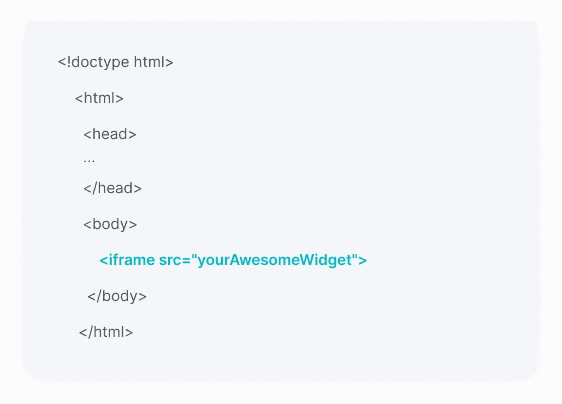Price Elasticity of Demand Calculator
Measure how sensitive customers are to price changes using the midpoint formulaHow Price Elasticity of Demand Calculator Works
Price elasticity of demand tells you how much customer demand changes when you adjust your prices. It's calculated using the midpoint method, which compares the percentage change in quantity demanded to the percentage change in price between two data points.
The midpoint formula uses average values for both price and quantity, making it more accurate than basic percentage calculations. This approach eliminates the bias that occurs when calculating elasticity in different directions (price increase vs. decrease).
Businesses use this metric to understand customer price sensitivity. If your elasticity is greater than 1, customers are highly sensitive to price changes (elastic demand). If it's less than 1, customers are relatively insensitive to price changes (inelastic demand).
This calculation helps you make smarter pricing decisions, forecast revenue impacts, and understand your market position. Essential for retailers, service providers, and anyone setting prices based on market demand.
Price Elasticity of Demand Calculator Formula Breakdown
Formula
Price elasticity of demand = (Change in quantity demanded ÷ Average quantity) ÷ (Change in price ÷ Average price)
Change in quantity demanded = Final demand - Initial demand
Average quantity = (Initial demand + Final demand) ÷ 2
Change in price = Final price - Initial price
Average price = (Initial price + Final price) ÷ 2Variables Explained
- Initial priceThe starting price point of your product or service, typically the current or baseline price you're comparing from. This should be the actual selling price customers pay.
- Final priceThe new price point you're comparing to, which could be a proposed price change or historical price data. Use the actual price customers would pay after any discounts or fees.
- Initial demandThe quantity of units sold or demanded at the initial price point. This can be daily, weekly, or monthly sales data, depending on your analysis timeframe.
- Final demandThe quantity of units sold or demanded at the final price point. Use the same time period as your initial demand measurement for accurate comparison.
Example Calculation
Given:
- Initial price: $10.00
- Final price: $12.00
- Initial demand: 100 units
- Final demand: 80 units
Calculation:
Change in demand: 80 - 100 = -20 units
Average demand: (100 + 80) ÷ 2 = 90 units
Change in price: $12.00 - $10.00 = $2.00
Average price: ($10.00 + $12.00) ÷ 2 = $11.00
Percentage change in demand: -20 ÷ 90 = -0.2222
Percentage change in price: $2.00 ÷ $11.00 = 0.1818
Price elasticity: -0.2222 ÷ 0.1818 = -1.2222Result:
-1.2222Explanation
This example shows a coffee shop that raised their latte price from $10 to $12, resulting in sales dropping from 100 to 80 units per day. The elasticity of -1.22 indicates elastic demand, meaning customers are quite sensitive to price changes.
Tips for Using Price Elasticity of Demand Calculator
- 💡Use consistent time periods when measuring demand (daily, weekly, or monthly sales) to ensure accurate comparisons between price points.
- 💡Consider external factors like seasonality, competitor pricing, or marketing campaigns that might influence demand alongside your price changes.
- 💡Remember that elasticity varies across different price ranges - luxury items often become more elastic at higher prices, while necessities tend to be more inelastic.
Make Your Own Web Calculator in 3 Simple Steps
Create Interactive Calculator
Design your interactive calculator in under 5 minutes using our drag-and-drop builder.Preview & Generate Embed Code
Review your calculator and copy the embed script when you're satisfied with the results.Embed Calculator Into Your Website
Paste the code into your website's HTML. Works on WordPress, Shopify, Wix, and any platform.
Eugen
Creator of Creative Widgets“After 10+ years in digital marketing, I’ve built calculators that drove thousands of new leads for clients. I realized one thing: calculators convert. They're killer for CRO and great for SEO. That's why I built Creative Widgets—an easy, no-code calculator builder. ”
It's free. Try it out. You'll like it.




